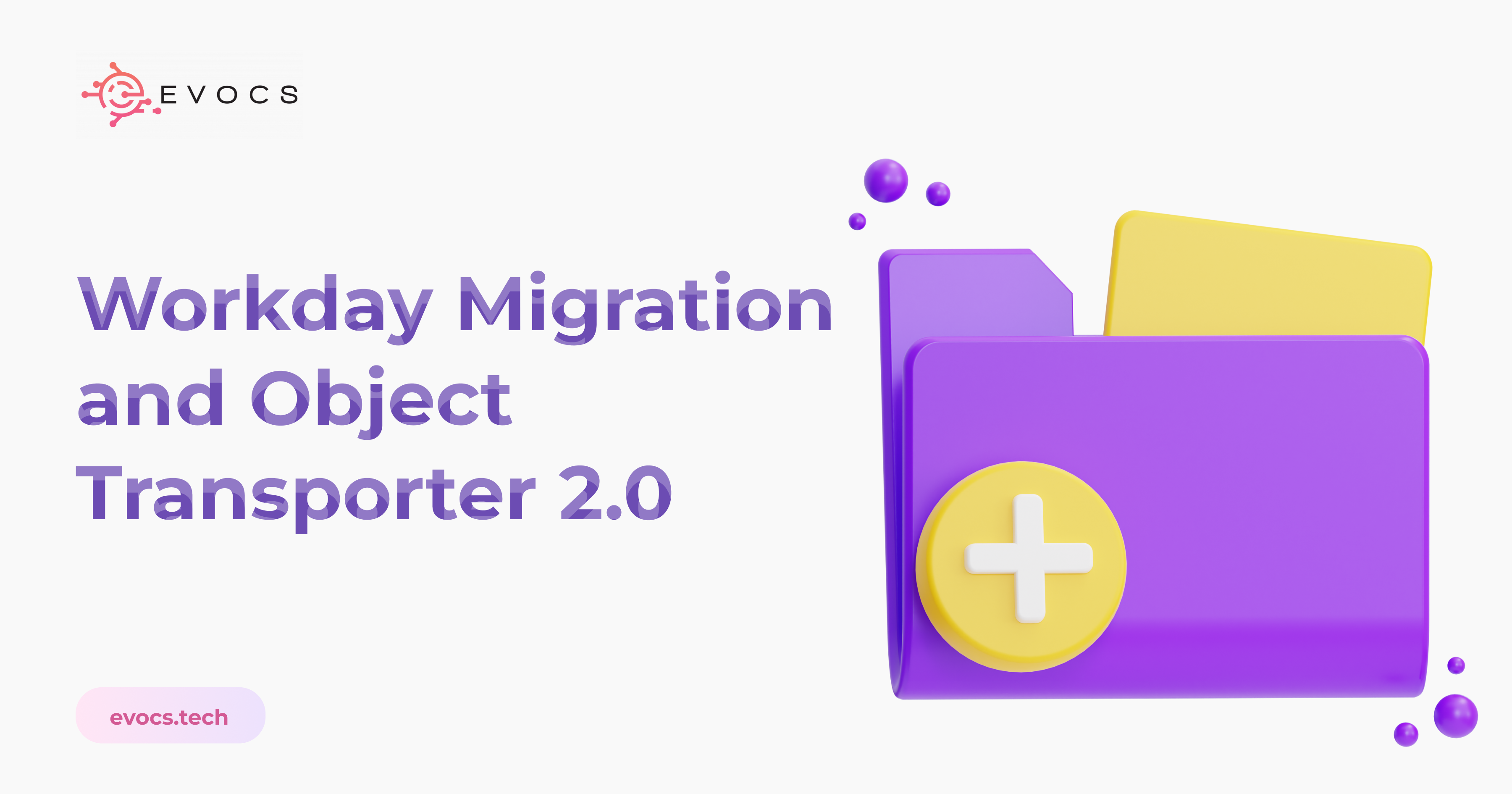

How did the pandemic change the course of the Future of Work?
The post pandemic landscape has had a significant impact on the workforce in several ways. Many companies have shifted to remote work, with employees working from home due to lockdowns and social distancing measures. This has required companies to adapt their technology and management practices to accommodate remote work. In workplaces where employees cannot work remotely, the pandemic has led to changes in the physical workspace, with measures such as social distancing, increased sanitation, and the use of personal protective equipment. The pandemic has also caused economic disruption, with many businesses shutting down temporarily or permanently, and many workers experiencing job losses, reduced hours, or reduced pay.
Significant impact on mental health, with many workers experiencing stress and anxiety due to the uncertainty and disruption caused by the pandemic which has blurred the boundaries between work and home life. Overall, the pandemic has accelerated trends that were already underway, such as the use of technology and remote work, and has required companies and workers to adapt quickly to new ways of working.
The future of work is likely to be influenced by many factors. These include:
- Remote work and distributed teams: The pandemic has shown that remote work can be effective, and many companies are likely to continue to embrace remote work and distributed teams as a way to access talent and reduce costs.
- Hybrid work arrangements: Many companies are likely to adopt hybrid work arrangements, where employees work both remotely and in the office, in order to balance the benefits of remote work with the benefits of in-person collaboration.
- Technology-driven work: Technology will continue to play a key role in the future of work, with more companies using automation, AI, and machine learning to streamline processes and improve efficiency.
- Upskilling and reskilling: As technology and automation continue to transform the workforce, companies and workers will need to invest in upskilling and reskilling to ensure they have the skills required for the future of work.
- Well-being and flexibility: Companies are likely to prioritize the well-being and flexibility of their employees, recognizing the importance of work-life balance and the need to support employees’ mental health and well-being.
- Diversity, equity, and inclusion: As companies become more distributed and diverse, there will be a growing focus on diversity, equity, and inclusion, with companies striving to create inclusive cultures that support all employees.
What will the office of the future look like?
Since the way we work is changing, and the office of the future will look very different from the traditional 9-to-5, cubicle-bound workplace that many of us are used to, organizations need to adapt to the changing nature of work and prepare for the office of the future to stay competitive, attract top talent, and create a workplace that fosters innovation, creativity, and collaboration. Here are six steps that companies can take to prepare for the office of the future:
- Embrace flexible work arrangements:
One of the defining features of the office of the future is that it will be more flexible, with employees working remotely, from home, or in co-working spaces. Companies need to start planning for this shift by investing in the technology and infrastructure needed to support remote work and exploring new ways of measuring productivity and performance. This could include investing in cloud-based software, communication tools, and collaboration platforms that enable remote workers to stay connected and productive.
2. Redesign the physical office space:
The office of the future will require a more flexible and adaptable physical space that accommodates new ways of working, including hot-desking, shared spaces, and collaboration areas. Companies may need to redesign their physical office space to support these new work arrangements, investing in new furniture, layouts, and technology to enable a more mobile, flexible, and collaborative work environment.
3. Invest in technology:
Technology will be a key enabler of the office of the future, and companies need to be prepared to invest in new tools and solutions to support their employees. This could include cloud-based software, collaboration tools, and automation technologies to help streamline processes and increase productivity. Companies should also invest in cybersecurity measures to ensure that remote workers can access the company’s systems securely.
4. Prioritize employee experience:
The office of the future will be focused on the employee experience, with companies putting more emphasis on creating a workplace that fosters engagement, creativity, and innovation. This could involve investing in employee development programs, flexible work arrangements, and wellness initiatives that support the physical and mental wellbeing of employees. By prioritizing the employee experience, companies can attract and retain top talent and create a workplace that inspires and motivates its employees.
5. Embrace diversity and inclusion:
As companies become more global, diverse, and dispersed, it will be important to prioritize diversity and inclusion in the workplace. This could involve developing new policies and practices to support a more diverse workforce, investing in training and development to build cultural competency, and creating an inclusive workplace culture that fosters creativity, innovation, and collaboration. By embracing diversity and inclusion, companies can tap into a wider pool of talent and benefit from a broader range of perspectives and ideas.
6. Emphasize data-driven decision making:
In the office of the future, companies will need to be more data-driven, using real-time data and analytics to make better decisions and respond more quickly to changing market conditions. This could involve investing in data analytics tools, training employees to use data effectively, and creating a culture that values and prioritizes data-driven decision making. By leveraging data effectively, companies can gain a competitive edge and make better decisions based on real-time insights.
The office of the future will require a new approach to work that emphasizes flexibility, collaboration, employee experience, technology, diversity and inclusion, and data-driven decision making. By taking these steps, companies can prepare for the office of the future and create a workplace that is adaptable, innovative, and responsive to the changing needs of its employees and the market.
How can Workday help organizations create the office of the future?
One of the key ways Workday can help with the future of work is by supporting remote work. With more and more employees working from home or other remote locations, companies need a way to provide cloud-based access to HR and financial data from any location with an internet connection. Workday’s cloud-based architecture makes this possible, enabling employees to work from anywhere while still having access to critical information.
Another way Workday can help with the future of work is by leveraging artificial intelligence and machine learning. By automating routine tasks and improving decision-making, AI and machine learning can help companies become more efficient and innovative. Workday’s AI-powered recruiting tools, for example, can help companies identify top candidates more quickly, while machine learning algorithms can help managers identify potential areas of risk or opportunity.
Workday also supports agility and flexibility, key characteristics of successful organizations in the future of work. By providing real-time access to data and analytics, Workday can help companies make more informed decisions and respond more quickly to opportunities and challenges. This agility is particularly important in fast-changing industries like technology and finance, where organizations need to be able to pivot quickly to stay competitive.
Employee engagement is another key area where Workday can help with the future of work. With many employees seeking greater control over their careers and work-life balance, Workday’s suite of tools can help companies improve employee engagement and retention. Workday’s career development tools enable employees to set goals and track their progress, while the company’s compensation management tools enable managers to create more transparent and equitable compensation plans.
Workday can help companies transform their HR and finance processes, a critical factor in the future of work. By replacing legacy systems with modern, cloud-based solutions, companies can reduce costs, increase efficiency, and improve data accuracy and security. This digital transformation is essential in a world where data is king, and companies need to be able to manage and analyze vast amounts of information in real-time.
As mentioned, the future of work is rapidly changing, and companies need to be agile, flexible, and innovative to stay competitive. Workday can help companies adapt to this new reality by providing a suite of tools that enable organizations to manage their workforce, streamline processes, and increase agility. From supporting remote work and leveraging artificial intelligence and machine learning to improving employee engagement and driving digital transformation, Workday is a critical tool for any organization looking to thrive in the future of work. They are a leading provider of cloud-based HR and finance software tools and can help companies adapt to this new reality by providing a suite of tools that enable organizations to manage their workforce, streamline processes, and increase agility.
What functionality does Workday have that can help with the office of the future?
Here are some of the specific tools Workday has that can help companies prepare for the office of the future; Workday HCM, Workday Financial Management, Workday Learning, Workday Planning, Workday Prism Analytics and Workday Adaptive Planning.
Workday HCM is a human capital management tool that helps companies manage their workforce more effectively. It provides a single, unified view of employee data, including employee profiles, job history, compensation, benefits, and performance. Workday HCM also includes features for recruiting, onboarding, talent management, and succession planning, which can help companies attract and retain top talent and prepare for the changing needs of the workforce. Workday Financial Management is a financial management tool that helps companies manage their finances. It provides real-time financial data and analytics, enabling companies to make data-driven decisions and respond quickly to changing market conditions. Workday Financial Management includes features for accounting, procurement, inventory management, and planning and analysis, which can help companies prepare for the financial demands of the office of the future.
Workday Learning is a learning management tool that helps companies develop and train their workforce. It provides a single, unified platform for managing all types of learning, including traditional classroom training, online courses, and on-the-job training. Workday Learning also includes features for content creation and curation, social learning, and career development, which can help companies prepare their workforce for the changing demands of the office of the future. Workday Planning is a planning and budgeting tool that helps companies plan and forecast. It provides a single, unified platform for creating and managing financial plans, budgets, and forecasts. Workday Planning also includes features for real-time data analysis and scenario planning, which can help companies prepare for the financial demands of the office of the future and respond quickly to changing market conditions.
Workday Prism Analytics is a data analytics tool that helps companies analyze and report on their data. It provides a single, unified platform for creating and managing data visualizations, dashboards, and reports. Workday Prism Analytics also includes features for real-time data analysis and collaboration, which can help companies make data-driven decisions and respond quickly to changing market conditions. Workday Adaptive Planning is a planning and budgeting tool that helps companies plan and forecast. It provides a single, unified platform for creating and managing financial plans, budgets, and forecasts. Workday Adaptive Planning also includes features for real-time data analysis and scenario planning, which can help companies prepare for the financial demands of the office of the future and respond quickly to changing market conditions.
In conclusion, Workday has a range of tools that can help companies prepare for the office of the future. Workday HCM, Workday Financial Management, Workday Learning, Workday Planning, Workday Prism Analytics, and Workday Adaptive Planning can help companies manage their workforce more effectively, develop and train their workforce more effectively, plan and forecast more effectively, and analyze and report on their data more effectively. By using these tools, companies can stay competitive, attract top talent, and create a workplace that fosters innovation, creativity, and collaboration.

